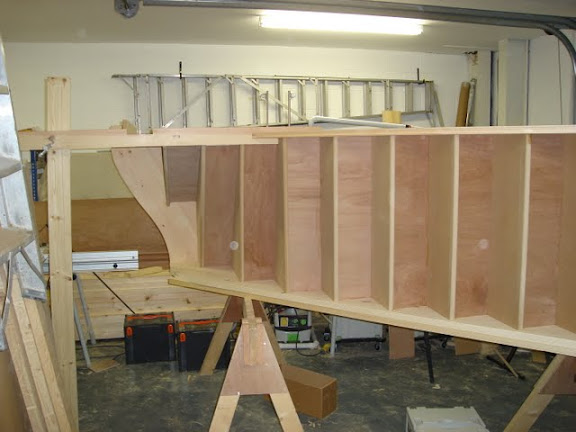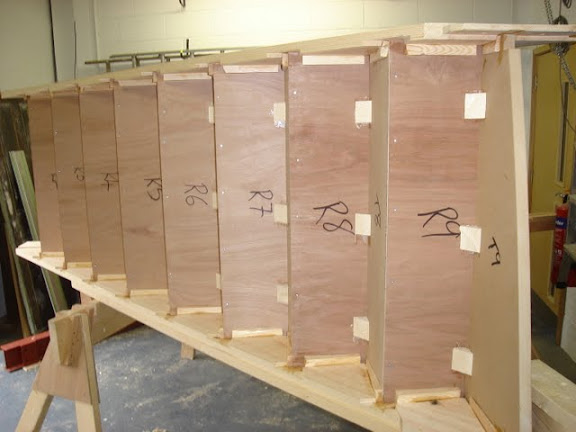bench_monkey
Established Member
not really, the best thing to do is try a test piece first to get yourself familiar with the equipment. do you have 2 or 3 different guide bushes with the kit? it will be trial and error to get the correct setup for your job, we are set with a routine for all our flights now, 1/2" straight, 22mm treads, 1/2" risers. dont forget you can alter the size of wedge to suit the trench and board going in it. if memory serves, the centre point when marking out does not hit the middle point between tread/rise on the jig, as i say, trial and error. its the only way we learnt im afraid 






































